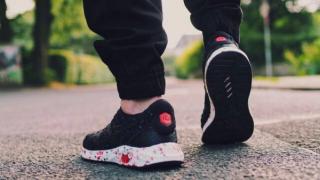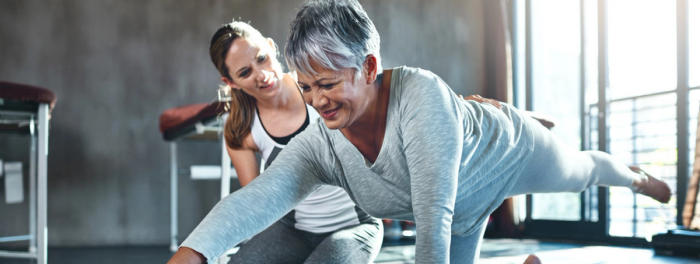question
how should i change my exercises as my arthritis progresses?
As arthritis progresses, it's essential to adapt your exercise routine to accommodate changes in your body and manage symptoms effectively. Here are some key strategies to consider, based on the information in my sources:
Listen to Your Body
-
Pay Attention to Pain: It's crucial to listen to your body and recognise when you may be overdoing it. If you experience extra or unusual pain for more than two hours after exercising, it may indicate that you've done too much. In such cases, consider slowing down or reducing the intensity of your workouts.
-
Use the Pain Scale: A slight increase in pain during or after exercise can be normal, especially for those with chronic pain. However, if your pain levels rise significantly (towards a 10 on a scale of 1 to 10), it's time to stop and reassess your routine.
Modify Your Exercise Routine
-
Adapt to Your Symptoms: If you're experiencing a flare-up, you may need to reduce the intensity or frequency of your workouts. For example, if you had a poor night's sleep and are in pain, consider opting for lighter exercises, such as walking or using lighter weights.
-
Focus on Low-Impact Activities: As arthritis progresses, low-impact exercises become increasingly important. Activities like walking, swimming, cycling, and yoga can help maintain fitness without putting excessive strain on your joints.
Incorporate Variety
-
Mix Up Your Exercises: Engaging in a variety of activities can keep your routine enjoyable and beneficial. Consider incorporating aerobic exercises, resistance training, and flexibility exercises to address different aspects of fitness.
-
Include Mobility Work: Mobility exercises are often neglected but are vital for managing arthritis. Incorporating gentle movements that promote joint range of motion can help reduce stiffness and improve overall function.
Prioritise Safety
-
Warm Up and Cool Down: Always start your exercise sessions with a gentle warm-up to prepare your muscles and joints. Similarly, cooling down with stretches can help prevent stiffness and muscle pain the following day.
-
Consult Professionals: Working with a physiotherapist or exercise physiologist can provide tailored guidance. They can help you develop a safe and effective exercise program that considers your individual needs and limitations.
Adjust Frequency and Intensity
-
Gradually Increase Activity: If you haven't exercised for a while, start with shorter sessions and gradually build up. Aim for at least 30 minutes of activity on most days, but listen to your body and adjust as needed.
-
Rest and Recovery: Allow for longer recovery breaks between sets and consider taking extra rest days if necessary. Avoid training the same muscle groups on consecutive days to give your body time to recover.
Stay Motivated
-
Make Exercise Enjoyable: Choose activities that you enjoy, as this will help you stick with your routine. Whether it's gardening, dancing, or participating in group classes, find what works for you.
-
Stay Warm in Winter: Cold weather can exacerbate joint stiffness. Dress in layers when exercising outdoors and consider indoor activities if the weather is particularly harsh.
Conclusion
As your arthritis progresses, adapting your exercise routine is vital for managing symptoms and maintaining your overall health. Always consult with your healthcare team before making significant changes to your exercise program. They can provide personalised advice and support to help you navigate your journey with arthritis effectively. Remember, staying active is crucial, and with the right adjustments, you can continue to enjoy the benefits of exercise.
This information is not a substitute for professional medical advice, diagnosis or treatment. Always consult a registered healthcare professional about matters that affect your health. Clara uses artificial intelligence to generate general information for personal educational purposes only, not intended to be a management plan and it may contain errors, inaccuracies or may oversimplify concepts.












